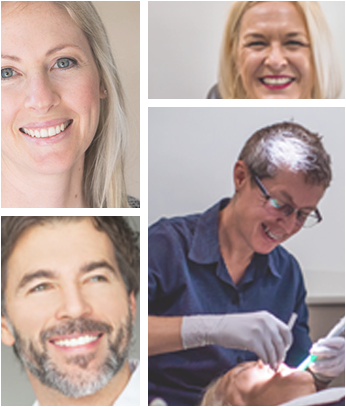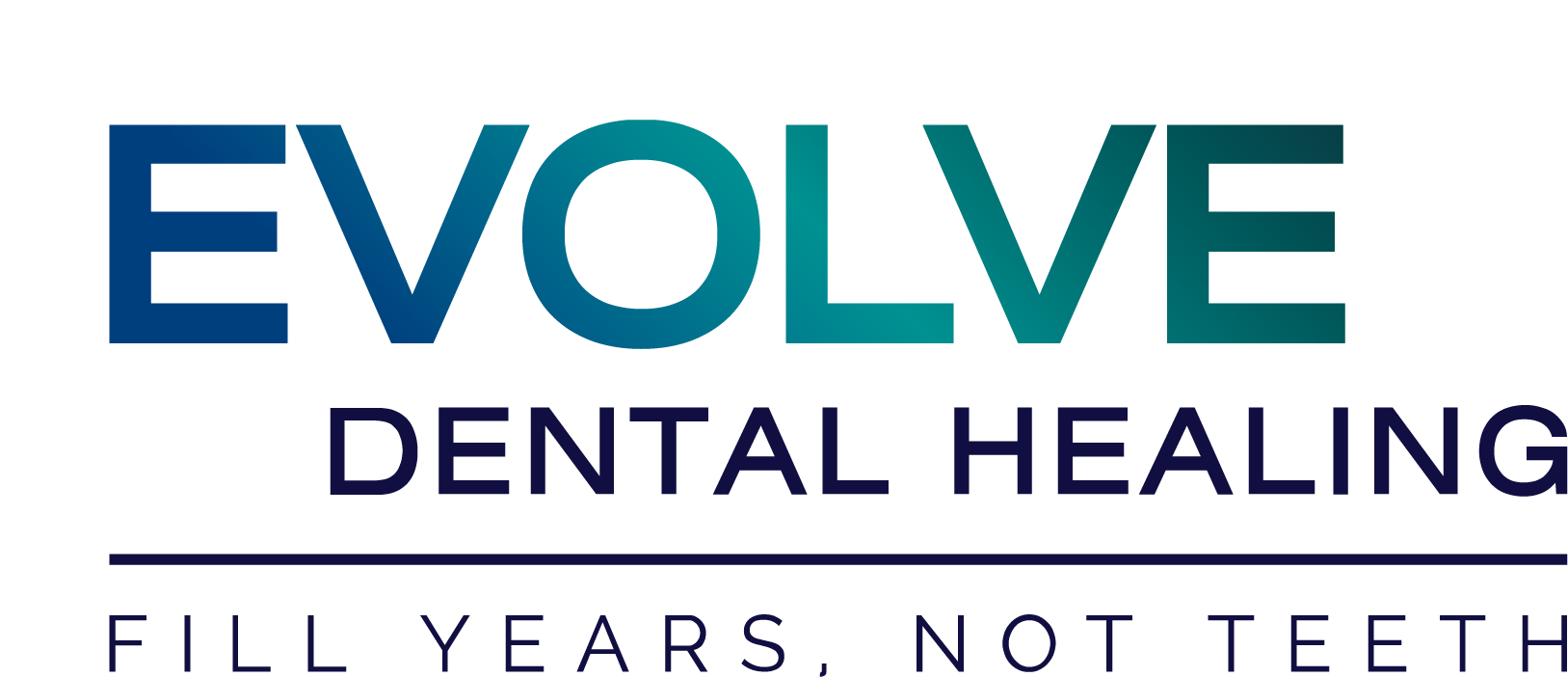Why is Food Getting Caught in My Teeth?

Gum Recession – Causes and Treatment
Does it seem like every time you eat, you have food that’s getting caught or packed between certain teeth? Maybe you can’t leave a restaurant without a toothpick in hand or have to keep a package of floss picks in your desk drawer at work. While it’s normal to get food caught here and there sometimes, if it’s the same area meal after meal, there’s likely a bigger problem at hand: gum recession.
Your gum tissues are designed to hug tightly around each tooth, keeping it in place. Between each tooth, a small triangle of gum tissue — known as the “papilla” — extends upward between the teeth. But when this issue shrinks away, it leaves behind something dentists call a “black triangle,” which is an open contact that allows food and plaque biofilm to collect.
Why Do Gums Recede?
Being “long in the teeth” isn’t necessarily due to ageing. Rather, gums can start to recede and pull away from the teeth due to things like aggressive toothbrushing, existing periodontal disease, past trauma, or even bruxism (grinding.) When they do, it’s impossible to get the gums to grow back on their own. Rather, intervention such as a graft may be needed.
Risks of Gum Recession
Receding gumlines aren’t just problematic when it comes to food catching between your teeth; when no gingiva is protecting the tooth structure, weaker root surfaces are more prone to problems like decay and sensitivity. There are also aesthetic challenges that may need to be addressed, especially if the recession is affecting a visible tooth toward the front of your smile. The exposed areas can leave your teeth appearing lopsided, uneven, or discoloured (due to the fact that root surfaces tend to be quite darker than the white crown portion of teeth.)
Which Treatments Are Available?
There are a number of different approaches that a dentist can take to addressing receding gumlines. If the recession is very mild, they may choose to place a small amount of tooth coloured composite (white bonding) over the area of the root that’s visible, simply for aesthetic purposes.
However, more moderate to severe gum recession can compromise the health of a tooth. In such instances, a gum graft or pinhole type procedure may be best. Such therapies aim to re-cover the exposed tooth surfaces, bringing the gum margins back to a normal and healthy level.
When the new gum tissue “takes” after a minor oral surgery, it’s important to delicately clean around the area and care for it so that recession doesn’t recur. Aggressive scrubbing or clenching/grinding habits will need to be addressed so as to preserve the results of your soft tissue therapy.
When to See a Dentist
If you’re experiencing symptoms of tooth sensitivity or notice a problematic area of food catching that doesn’t improve with daily flossing, then you may be experiencing the beginning stages of tissue loss. Dr Rachel Hall and her team at Evolve Dental Kenmore are trained with the most up to date research and focus on the patients’ health first. Call today to book your appointment with the team you can rely on! 07 3720 1811
-
Dr. Rachel Hall
Rachel is the founder and principal dentist at Evolve Dental Healing with over 30 years experience, practising holistically since 2001. Not your typical dentist, Rachel is a passionate opinion leader, challenging convention to empower people to make better dental and health choices, helping thousands to have healthy natural smiles. A respected writer and presenter on holistic dentistry, health and wellness it is Rachel’s mission to revolutionise the way people look at their dental health.
Talk to us for more details and information
CONTACT US
67 Kenmore Road
Kenmore Queensland 4069
Phone: 07 3720 1811
Fax: 07 3720 1899
Email: info@evolvedental.com.au
OPENING HOURS
Monday – Friday: 7:30am – 5:30pm
References and Citations Mercury & Amalgam Fillings




